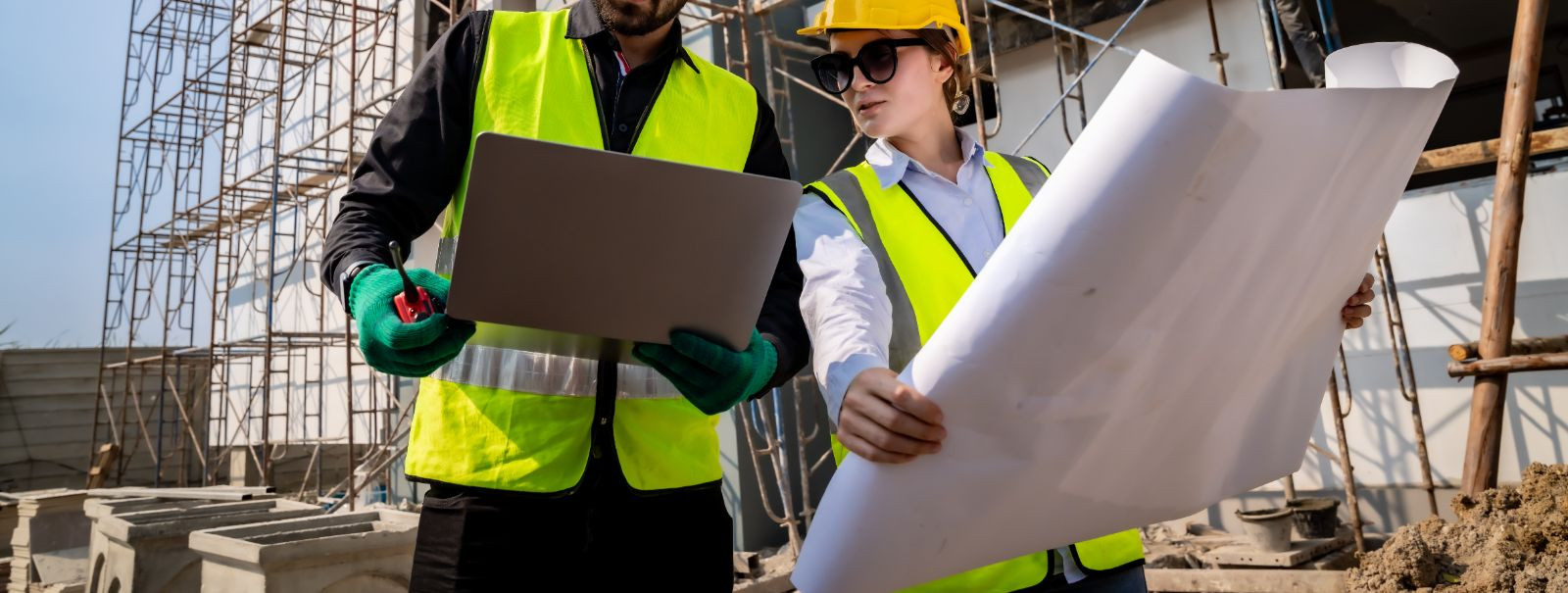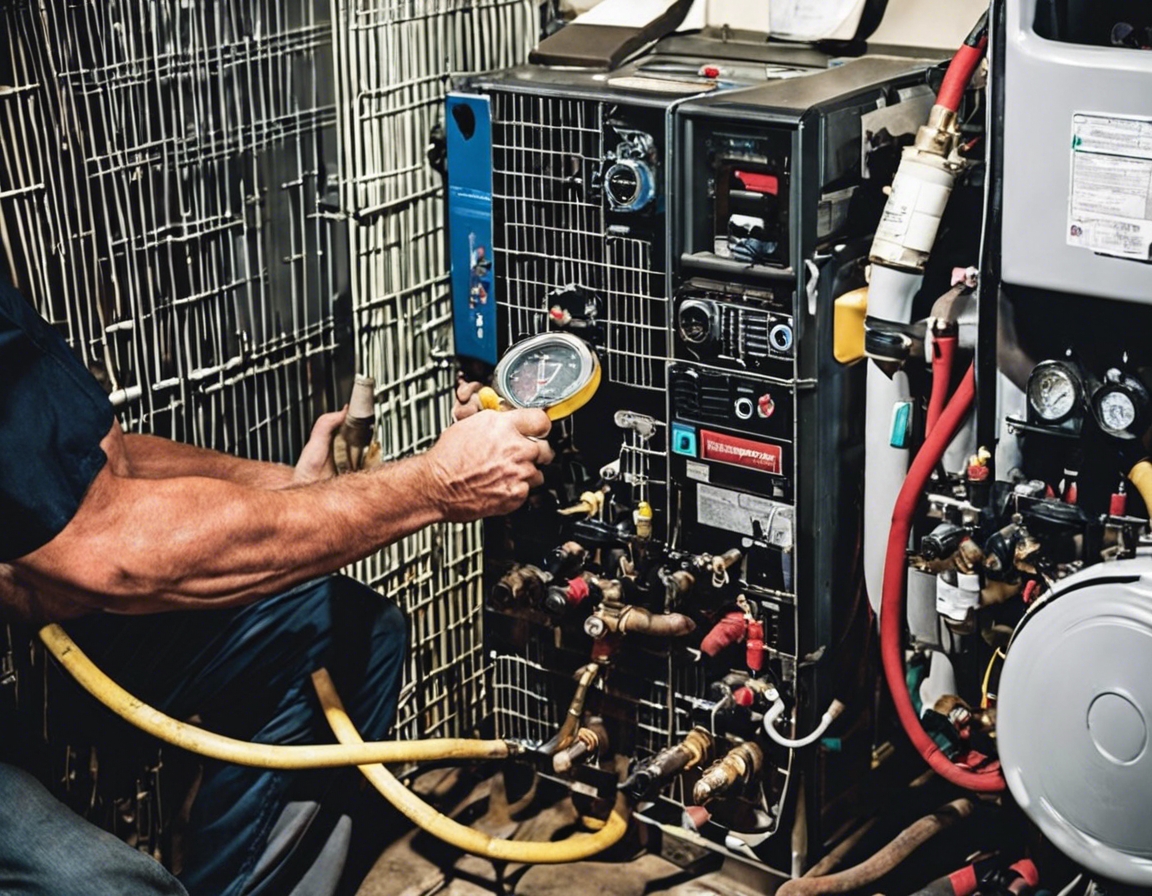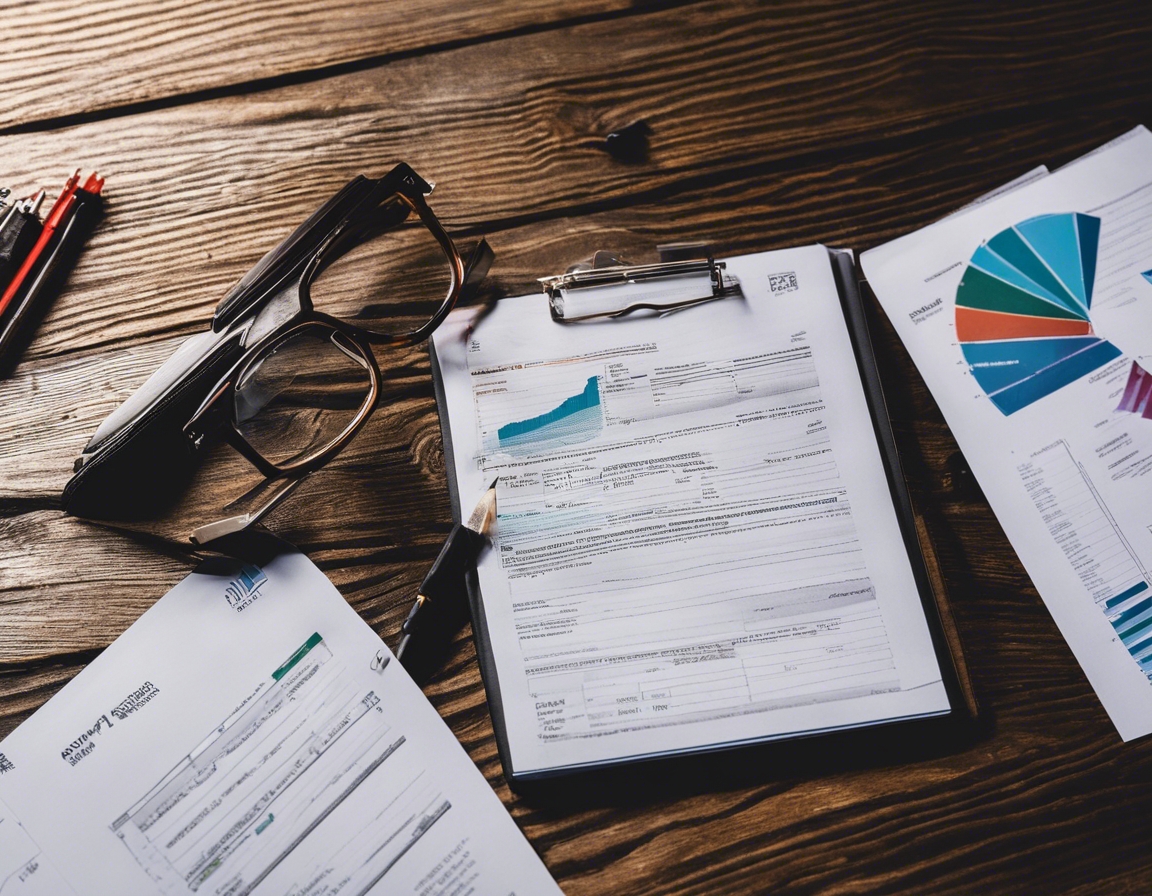5 steps to hassle-free building legalisation
Building legalisation is a critical process for property owners, real estate developers, and construction companies. It ensures that structures comply with local building codes and regulations, which is essential for the safety, functionality, and legality of any building project.
Step 1: Understanding the Legal Requirements
The first step in legalising a building is to thoroughly understand the local building codes and regulations. This involves researching the specific requirements that pertain to your property, which can vary widely depending on the location and type of structure.
Once you have a grasp of the legal framework, the next task is to identify the documentation needed to demonstrate compliance. This typically includes detailed plans, engineering reports, and environmental assessments.
Step 2: Conducting a Thorough Site Assessment
A comprehensive site assessment is crucial to identify any existing issues that may hinder legalisation. This step involves evaluating the current state of the structure and determining if it meets the established standards.
Engaging with architects, engineers, and legal experts who specialise in building compliance can provide invaluable guidance throughout the legalisation process.
Step 3: Preparing and Submitting Documentation
With the necessary information in hand, the next step is to gather all required permits and approvals. This may include building permits, zoning approvals, and environmental clearances.
Ensuring that all documentation is accurate and complete before submission is essential to avoid delays in the legalisation process. This includes double-checking all forms, plans, and supporting materials for consistency and compliance.
Step 4: Addressing Potential Compliance Issues
If compliance issues are identified, it's important to address them promptly. This may involve making structural changes, renovations, or other modifications to meet legal standards.
Inspections are a standard part of the legalisation process. Being prepared and proactive during inspections can help expedite the process and ensure a positive outcome.
Step 5: Finalising Legalisation and Obtaining Occupancy Permits
The final step is to secure all necessary approvals and certifications. This signifies that the building meets all legal requirements and is safe for occupancy.
After legalisation, maintaining records and ensuring ongoing compliance with building codes is crucial for the longevity and legality of the property.






Comments (0)